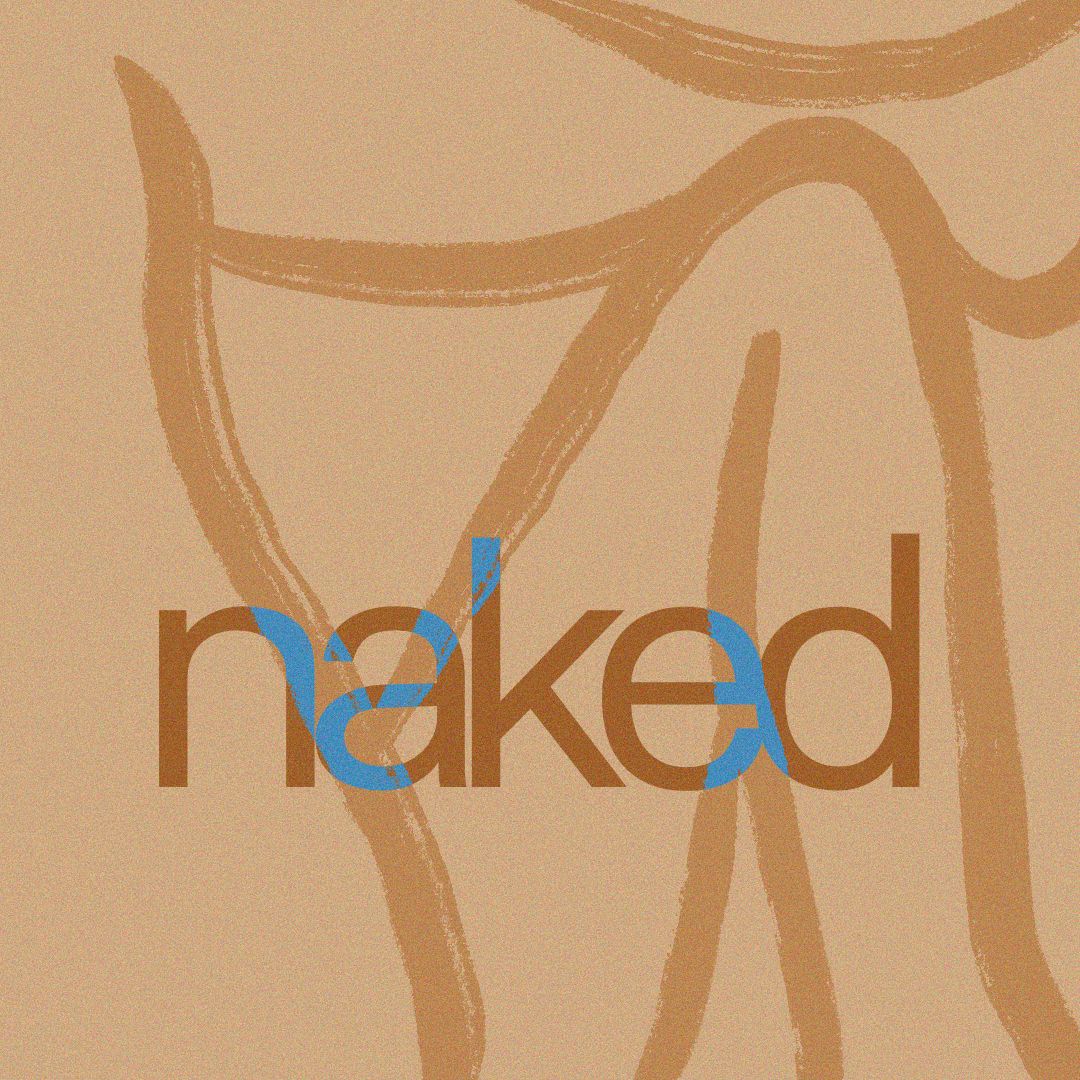Words: Katie Payne (She/Her)
Sex is everything. It’s how we all got here. People make careers talking about it, selling their bodies for it. Porn, toys, and lingerie are big business. Nightclubs are packed with people looking for it. Sex is the start, and occasionally the painful end, of most romantic relationships. It’s the focus of extensive art and music, including such bangers as 1998 hit succinctly titled “Horny”. And most adults report that they’d like to do more of it.
So, somewhat unsurprisingly, the subject of sexual intercourse has long been a fascination of scientists too. From the seminal (sorry) work of Masters and Johnson in the 1960s, who explored the different stages of arousal and orgasm, to contemporary research on the neuroscience underlying arousal, sex is at the forefront of our collective conscious, beyond just popular culture. In 1999, a group of Dutch researchers pioneered the first research looking at the process of arousal and intercourse with the help of an MRI scanner. Perhaps the most astounding part of their research was that they managed to get two adults to perform missionary in a 50cm wide MRI tube. Was the research all that useful? Probably not. A key finding was that the penis forms a “boomerang” shape during missionary. (You can reach your own conclusions about the wider societal benefits of that piece of information). However, the research, published in the British Medical Journal, continues to be one of their most downloaded articles. What this does reveal beyond the boomerang shape of the penis, is that people love reading about sex.
In the medical and scientific communities, sex is all too often viewed in terms of its negatives – unwanted pregnancies and STIs. But what about the benefits? A number of studies have associated more sex with better health outcomes, including reduced risk of mortality. However, we should interpret these results carefully, after-all the people who are at it most often are unlikely to have underlying health conditions. In fact, the fight-or-flight response triggered by arousal and sex acts could trigger stroke and cardiac events in vulnerable groups. Anyone who has seen the opening-scene of 2023 Oscar-winning The Whale will remember the catastrophic effects on the morbidly-obese protagonist.
It is true that vigorous sex can get your heart rate up, which is undeniably exercise of sorts. However, unless you’re having vigorous sex for 75 minutes every week, you might still need to hit the treadmill. The process of reaching and completing orgasm however, are associated with the release of beneficial chemicals in the brain. A 2023 study, moving on from Schultz and colleagues’ questionable 1999 research, used a more advanced functional MRI to analyse the activity of endorphins in the brain during ‘penile stimulation’. These neurotransmitters are particularly interesting as they form part of the body’s own opioid system. Just like the exogenous opiates including heroin and morphine, our own endogenous opioids are strongly involved in our perception of reward and pain-relief. So what does this mean? Well, beyond the obvious – that the states of arousal and orgasm are rewarding – they may also help reduce pain perception too. So, whilst this doesn’t mean you should reach for the vibrator next time you have a headache, it does give us some insight into the effects of sex, and may help us rethink some common sexual taboos.
Whilst the nature of sexual taboos are extremely varied – ranging from the wonderful variety of kinks to erectile dysfunction – one common taboo is disgust and avoidance of sex acts during menstruation. Historically, even doctors expressed biases about menstruating women and sex. John Harvey Kellogg (yes, the cornflakes man) in the 1890s regarded masturbation as a mortal sin, describing it as a ‘soul-and-body destroying vice’, going as far as to blame painful periods on ‘sexual excess and secret vice’ undertaken during the menstrual period. These taboos persisted well into the twentieth century, where doctors often used their medical authority to contribute to a wider social and moral discourse about women’s rightful activities. However, with the integration of over 100 years of subsequent research, it’s clear that sex during menstruation is not only safe, but sexual stimulation during your period could actually help alleviate menstrual cramps. It’s even suggested that the pain-relieving effects of sexual stimulation have evolutionary benefits for female animals – including humans – reducing the pain associated with penetration during mating, and even childbirth.
Sex is an intrinsic part of who we are, driving so much of our behaviour, with wide-reaching influences on our culture and identity. However you get off, whether it’s with a partner, partners, or just on your own, maybe it’s time we start thinking a little more scientifically about it, and how new technologies could allow deeper insight into the stimulating science of sex.

